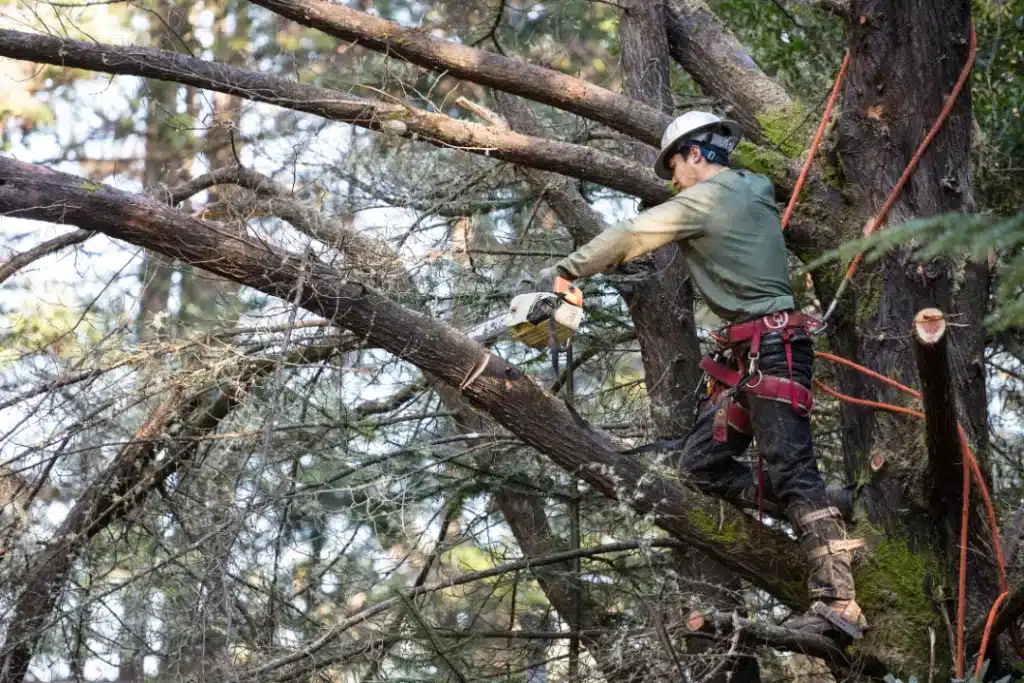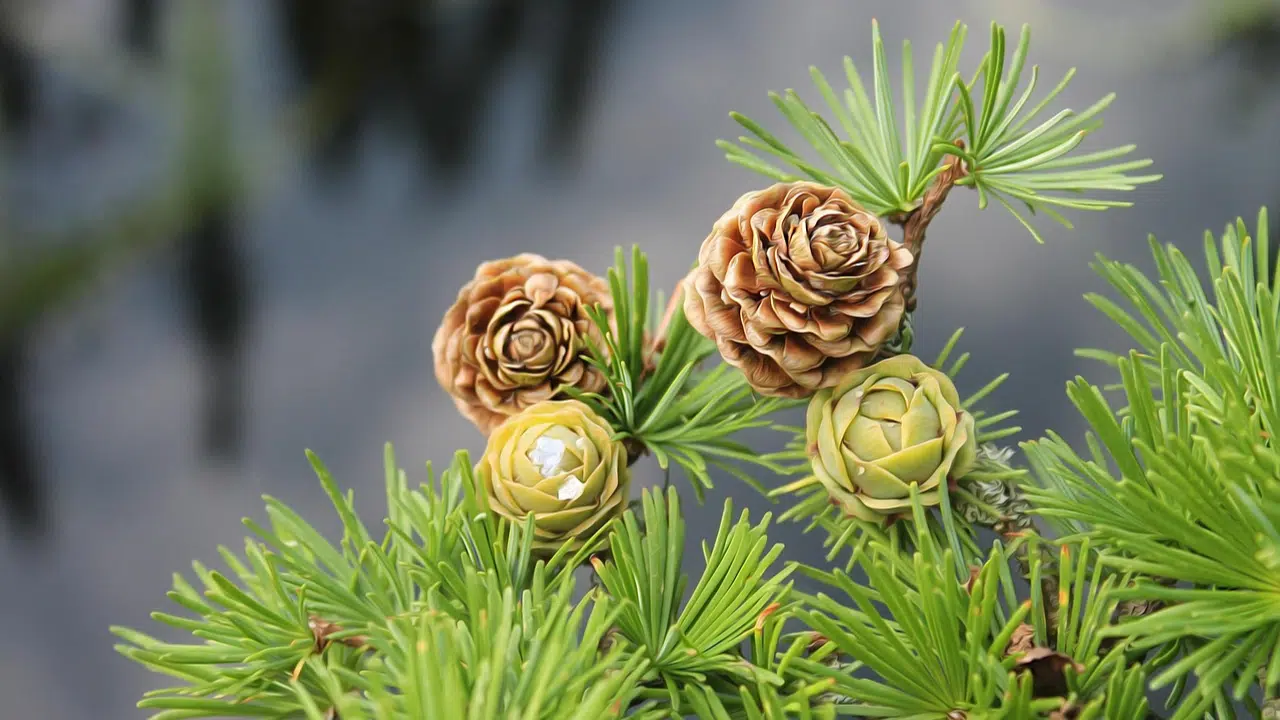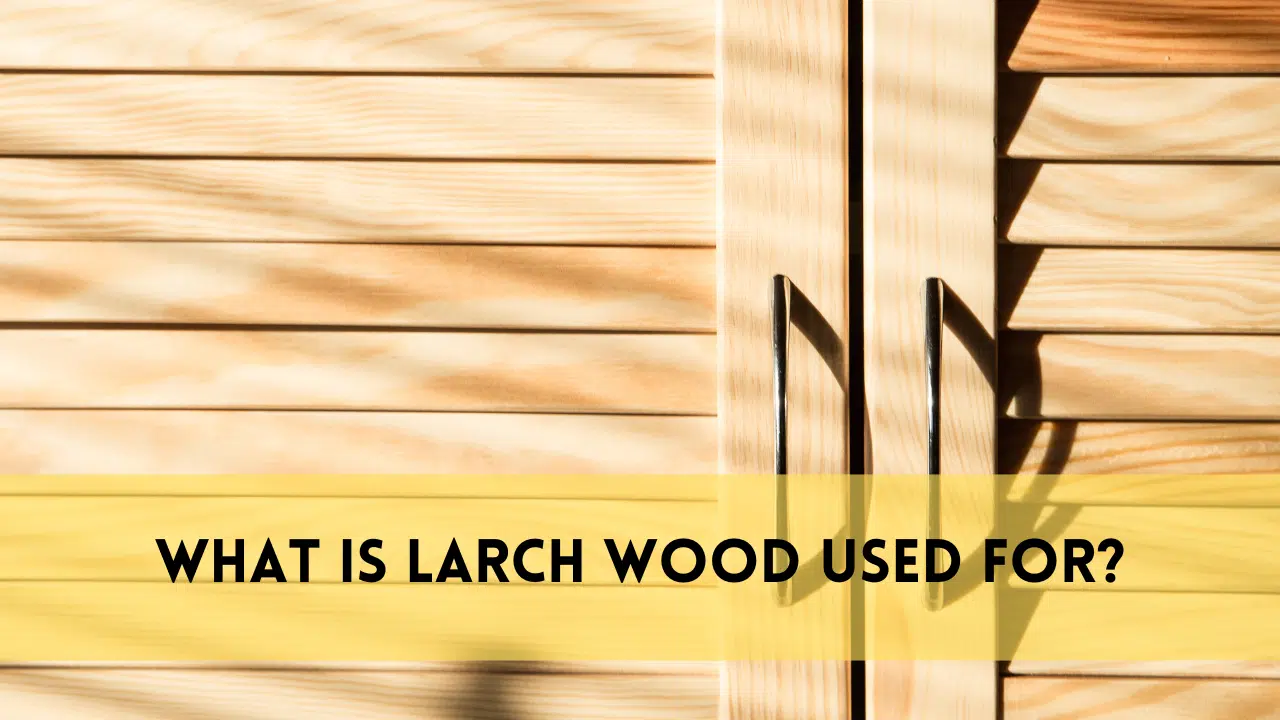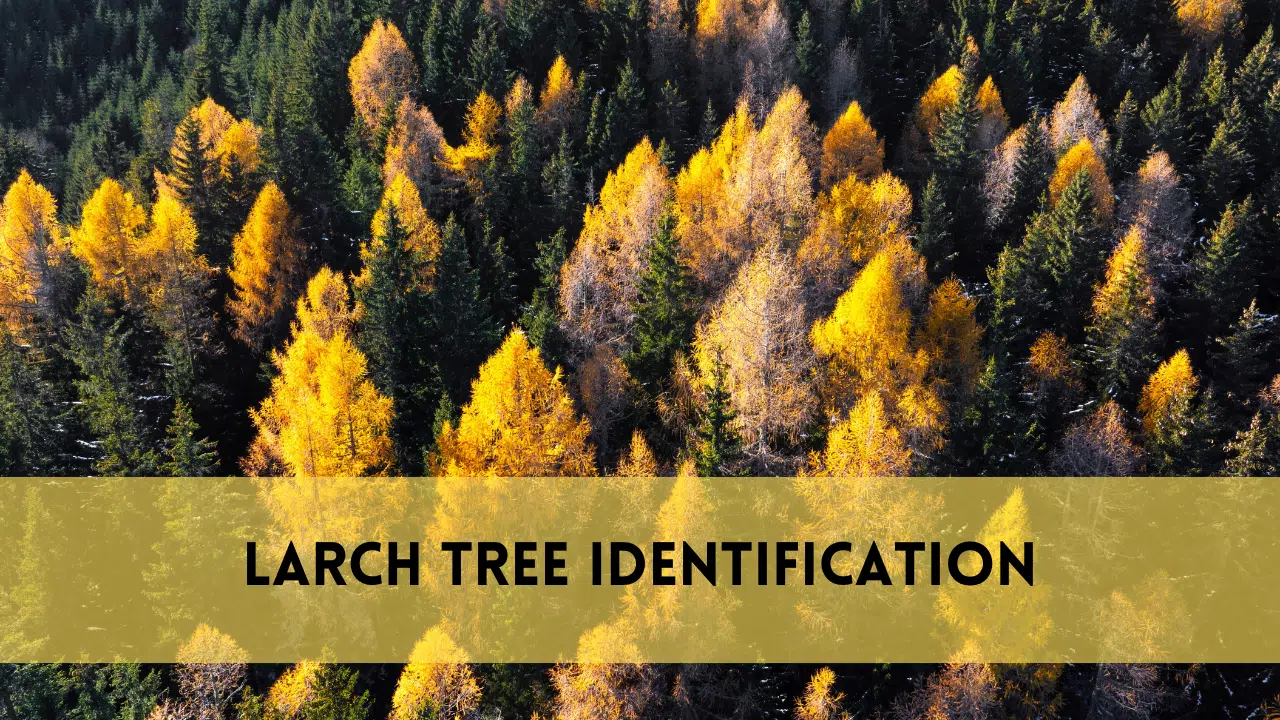To plant larch trees is a planned approach to tree removal in Montgomery, providing an eco-friendly method for improving green spaces while reducing environmental effect. In this article, we’ll go over the step-by-step on how to plant larch trees. Whether you’re a homeowner, arborist, or environmentalist, learning the art of larch tree planting can transform your approach to tree removal and landscape restoration.
How to plant larch tree
Understanding Larch Trees: A Brief Overview
Larch Tree Characteristics:
Larch trees, which belong to the genus Larix, are notable for their deciduous needle-like leaves that turn golden-yellow in the fall before shedding. They thrive in milder regions and are prized for their fast growth, gorgeous foliage, and adaptability to a variety of soil conditions.
Environmental Benefits:
Planting larch trees has several environmental benefits, such as carbon sequestration, air purification, and soil stabilization. Their broad root systems reduce erosion and enhance soil structure, making them great candidates for reforestation and ecosystem restoration efforts.
Selecting the Ideal Planting Site
Sunlight Specifications
Larch trees thrive in full sun, so choose a planting place with plenty of sunlight. Planting should be avoided in situations where there is too much shade or competition from surrounding structures or trees.
Soil Conditions.
Larch trees prefer well-drained soil with a slightly acidic pH level. To provide ideal growing conditions for larch trees, conduct a soil test to determine pH levels and amend the soil as needed.
Tools required to plant larch tree
Here are the tools you’ll need to plant larch trees:
- Shovel
- Garden fork
- Pruning shears
- Watering can or hose
- Mulch
- Soil testing kit
- Wheelbarrow (optional, for transporting soil and mulch)
How to Plant Larch Trees
Digging the Hole: Create a hole twice the width of the tree’s root ball and slightly shallower than its height.
Position the Tree: Place the larch tree in the centre of the hole, making that the top of the root ball is level with the surrounding soil surface.
Backfilling: Fill the hole with soil and carefully firm it around the roots to remove air pockets.
Watering: Water the tree thoroughly right after planting to settle the soil and provide moisture for root development.
Mulching: Spread a layer of organic mulch around the tree’s base to conserve moisture, control weed development, and regulate soil temperature.
Staking (if necessary): If the tree is tall or vulnerable to wind damage, stake it securely to give support until the roots grow.
Maintenance: Keep an eye on the tree and water it thoroughly when it gets dry. Avoid overwatering since larch trees prefer well-drained soil.
Pruning and Maintenance Tips
Pruning
Pruning larch trees selectively removes dead, damaged, or crossed branches while promoting healthy growth and structural integrity. Avoid excessive pruning, especially in the first few years following planting, to reduce stress on the tree.
Fertilization
In early spring, use a balanced fertilizer designed for trees and shrubs to offer the nutrients needed for vigorous growth and development. Follow the manufacturer’s recommendations for application rates and timing.
How to Plant Larch Trees: Ensuring Success for Tree Removal in Montgomery
Mastering the technique of planting larch trees is a game changer for Montgomery’s tree removal initiatives. By following the expert advice indicated in this thorough guide, tree removal specialists, homeowners, and environmentalists may all benefit from larch trees’ ecological capacity.
To improve urban landscapes, restore natural ecosystems, and promote sustainable development. Together, we can plant the seeds of change and create a greener, healthier future for Montgomery and beyond.
The Best Time to Plant Larch Tree
The optimal time to plant larch trees is usually in the spring or fall.During these seasons, the weather is cooler and more conducive to root formation. Planting in early spring helps the tree to benefit from the moist soil and mild temperatures as it begins to develop.
Late fall planting also creates favourable conditions for root development prior to winter dormancy. Avoid planting during the hot summer months when the soil is dry and the temperature is high, since this can stress the tree and impair its capacity to develop roots properly.
If you plant larch trees at the correct moment, you can increase their chances of prospering in their new surroundings.
FAQs
How can I determine whether my soil is suitable to plant larch trees?
Conduct a soil test to determine pH and soil texture. Larch trees demand soil that is well-drained and somewhat acidic in pH.
When is it best to plant larch trees?
The greatest time to plant larch trees is in early spring or late fall, when the temperature is mild and damp, creating ideal circumstances for root development.
Do larch trees need special care after planting?
Yes, water newly planted larch trees on a regular basis, especially during dry months, and spread mulch around the tree’s base to conserve moisture and inhibit weed growth.
Can larch trees be pruned after planting?
Yes, prune larch trees selectively to eliminate dead, broken, or crossing branches while encouraging healthy growth and structural integrity. Avoid excessive pruning, particularly in the first few years following planting.
Are larch trees acceptable for urban landscaping?
Yes, larch trees are ideal for urban landscapes because they can withstand a variety of soil conditions, add aesthetic value, and give significant environmental benefits.
Conclusion
To summarize, understanding the art to plant larch trees is a transformative endeavour that improves landscapes and promotes environmental sustainability. Individuals may assure the effective establishment and growth of larch trees by using suitable planting techniques and selecting the best time to plant.
From selecting the best location to providing adequate care and maintenance, each step is critical in cultivating healthy, thriving trees that contribute to the beauty and ecological balance of their surroundings.
By harnessing nature’s power and adding larch trees into our landscapes, we can build greener, more vibrant communities while protecting the world for future generations to enjoy. So, roll up your sleeves, grab your tools, and go on the process to plant larch trees—it’s gratifying.





